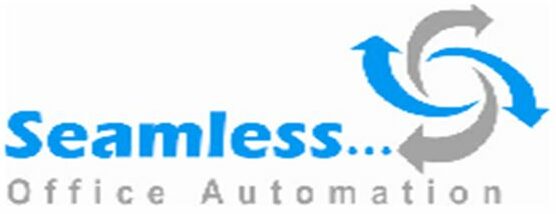Office Automation Examples

An important feature of any automation system is the ability to communicate. Stakeholders should have all the information they need to perform each task. Certainly! Here are some specific examples of office automation that are commonly used in modern workplaces:
- Email Management: Email automation tools can help organize incoming messages, sort them into folders, send canned responses, and schedule emails for later delivery.
- Document Collaboration: Cloud-based office suites like Microsoft Office 365 or Google Workspace enable real-time collaboration on documents, spreadsheets, and presentations among team members.
- Electronic Document Management: Document management systems (DMS) automate the storage, retrieval, version control, and sharing of digital documents securely within an organization.
- Workflow Automation: Workflow automation tools like Zapier and Microsoft Power Automate (formerly Microsoft Flow) automate repetitive tasks and data transfers between different applications.
- Task Management: Task management tools like Trello, Asana, or Monday.com automate task assignment, tracking, and progress updates for individual and team-based projects.
- Customer Support Automation: Chatbots and automated ticketing systems can handle initial customer inquiries, provide FAQs, and route more complex issues to human agents.
- Expense Management: Expense automation software simplifies the process of submitting, approving, and reimbursing employee expenses, reducing paperwork and manual calculations.
- Appointment Scheduling: Automated scheduling tools like Calendly or Doodle allow clients or colleagues to book appointments based on real-time availability.
- Time Tracking and Attendance: Automated time-tracking systems monitor employee work hours, breaks, and attendance, making payroll calculations more accurate.
- Invoicing and Billing: Automation streamlines the process of generating and sending invoices to clients, as well as tracking payments and reminders for overdue bills.
- Virtual Meetings: Video conferencing tools like Zoom, Microsoft Teams, or Google Meet facilitate virtual meetings and webinars with participants from different locations.
- Employee Onboarding: Automation can be used for onboarding new employees, automating paperwork, training, and account setup processes.
- Recruitment and Applicant Tracking: Automated applicant tracking systems (ATS) manage job postings, screen resumes, and schedule interviews, improving the recruitment process.
- Sales and Marketing Automation: Marketing automation tools can automate email campaigns, lead nurturing, and customer segmentation based on behavior.
- Performance Management: Performance management systems automate the process of setting goals, conducting performance reviews, and providing feedback to employees.
These are just a few examples of how office automation can be applied in various aspects of business operations. Implementing office automation not only saves time and reduces manual errors but also contributes to a more efficient, productive, and collaborative work environment.
